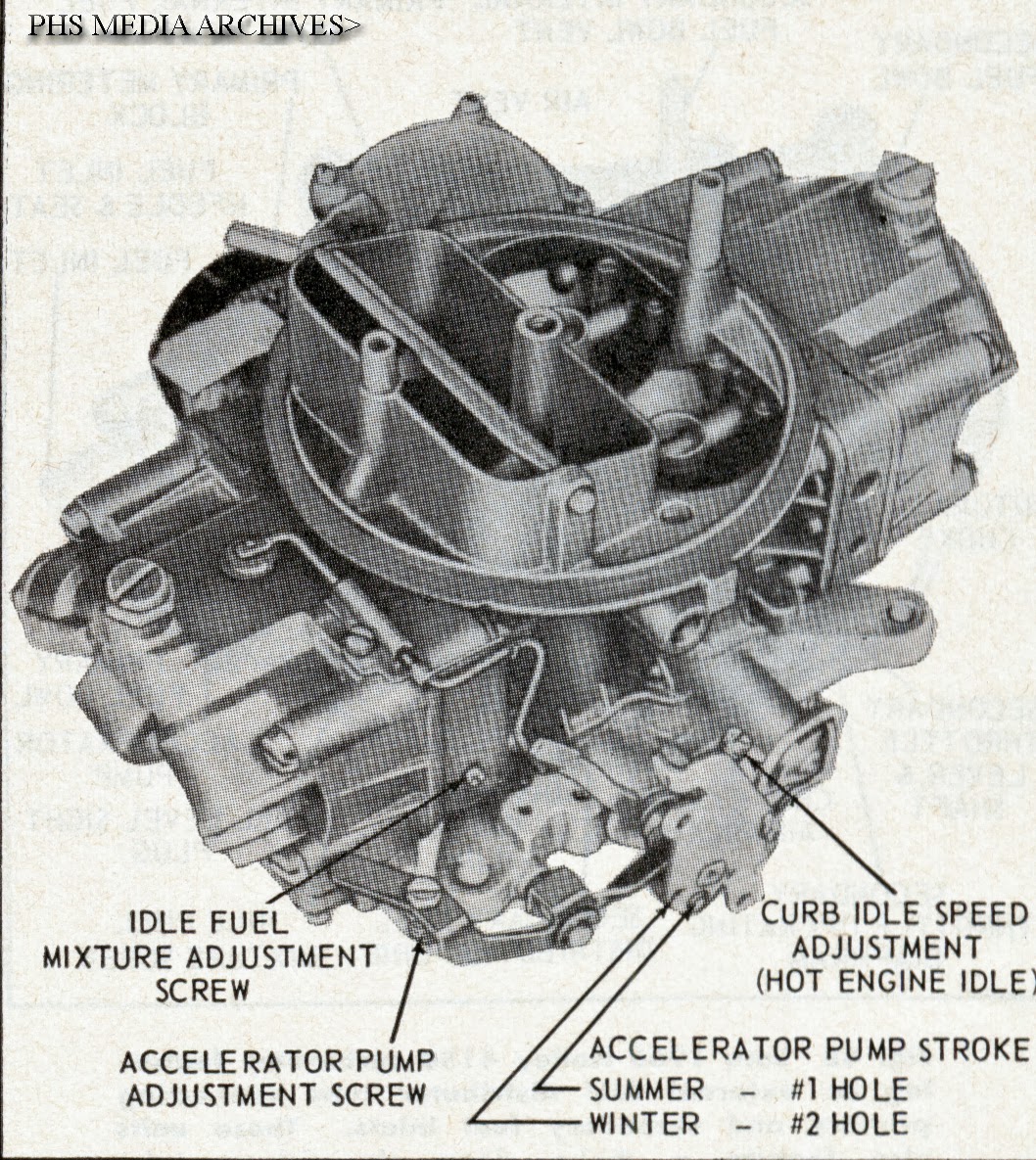Taming the Beast: Your Holley Carb Idle Troubleshooting Guide

Is your Holley carburetor giving you a rough idle? A sputtering, stumbling idle can be a real headache, robbing you of power and fuel efficiency. Don't despair! This guide will walk you through the common culprits and equip you with the knowledge to diagnose and fix your Holley carb idle problems.
A smooth idle is the hallmark of a well-tuned engine, and with a Holley carburetor, achieving that perfect purr is within your reach. Understanding the basics of how your Holley carb manages the idle circuit is the first step towards diagnosing and fixing any issues. We'll explore the key components involved and how they work together to deliver the right fuel mixture at idle.
The Holley carburetor has a rich history in performance vehicles. Developed by George Holley, these carburetors have become a staple in the automotive world, known for their tunability and power potential. Troubleshooting the idle on a Holley carb requires understanding its unique design and how various adjustments impact its performance. Mastering these intricacies is key to unlocking your engine's full potential.
Fixing a rough idle is crucial not just for a smooth ride, but also for optimal engine performance and fuel economy. A poorly adjusted idle can lead to increased fuel consumption, reduced power, and even engine damage over time. Correcting these issues will not only make your driving experience more enjoyable but also save you money in the long run.
Common problems causing a rough Holley carb idle include vacuum leaks, incorrect idle mixture screw adjustments, clogged idle passages, a faulty idle speed control motor (if equipped), or issues with the accelerator pump. We'll dive into each of these issues and provide practical steps to identify and resolve them.
The idle circuit in a Holley carburetor primarily consists of the idle mixture screws, idle speed screw, idle air bleeds, and idle transfer slots. These components work together to meter the correct amount of fuel and air into the engine at idle. The idle mixture screws control the fuel-to-air ratio, while the idle speed screw controls the throttle plate opening, regulating airflow. The idle air bleeds calibrate the air portion of the idle mixture, and the transfer slots provide additional airflow as the throttle opens slightly from idle.
Three key benefits of a properly tuned Holley carb idle include improved fuel economy, smoother engine operation, and increased engine responsiveness. For example, a correctly adjusted idle mixture can significantly reduce fuel consumption, while a stable idle leads to a smoother driving experience. A well-tuned idle also ensures that your engine responds quickly and efficiently when you press the accelerator.
Start your Holley carb idle troubleshooting by checking for vacuum leaks. Use carburetor cleaner around potential leak points and listen for changes in engine RPM. Next, adjust the idle mixture screws according to the manufacturer's instructions. Then, set the idle speed using the idle speed screw. If these steps don't resolve the issue, consider cleaning the idle passages or checking the idle speed control motor.
Create a checklist including: check for vacuum leaks, adjust idle mixture screws, set idle speed, inspect idle air bleeds, clean idle passages, check accelerator pump, verify proper ignition timing, and check for intake manifold leaks.
A step-by-step guide might include: 1) Warm up the engine. 2) Locate the idle mixture screws and idle speed screw. 3) Adjust the idle mixture screws for the smoothest idle. 4) Set the desired idle speed. 5) Recheck and fine-tune as needed.
Advantages and Disadvantages of Holley Carb Idle Tuning
| Advantages | Disadvantages |
|---|---|
| Improved fuel economy | Can be complex for beginners |
| Smoother engine operation | Requires specialized tools |
| Increased engine responsiveness | Improper tuning can lead to engine damage |
Best practices include warming up the engine before adjustments, using a vacuum gauge for precise tuning, making small adjustments at a time, documenting your settings, and consulting a professional if necessary.
Frequently asked questions include: What causes a high idle? What causes a low idle? How do I adjust the idle mixture screws? How do I set the idle speed? What are the signs of a vacuum leak? How do I clean the idle passages? What tools do I need for Holley carb tuning? How often should I adjust my Holley carb?
Tips and tricks: use a tachometer to monitor RPM, consult a Holley carb tuning guide, and be patient during the tuning process.
Mastering your Holley carburetor's idle is a rewarding experience. By understanding the fundamentals of Holley carb idle troubleshooting, you can transform a rough, inconsistent idle into a smooth, powerful purr. A well-tuned idle not only enhances your driving experience but also improves fuel efficiency and prolongs engine life. So, take the time to learn the intricacies of your Holley carb, and you'll be rewarded with a finely tuned machine that performs at its best. Don't hesitate to seek advice from experienced mechanics or online forums if you encounter challenges. With patience and persistence, you can conquer the art of Holley carb idle tuning and unlock the full potential of your engine.
Boost your car audio underseat subwoofers with built in amps
World war 1 photos for kids a journey through time
Finding the right doctor john barton md in kentucky













